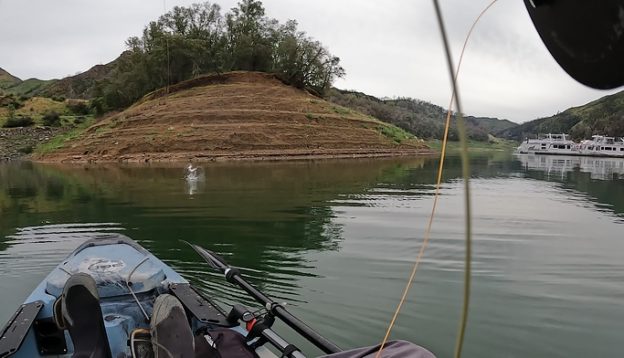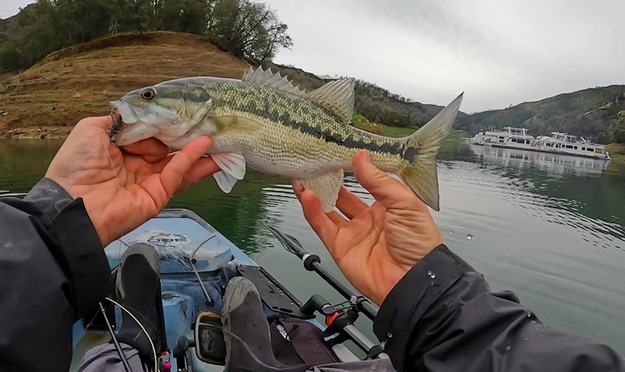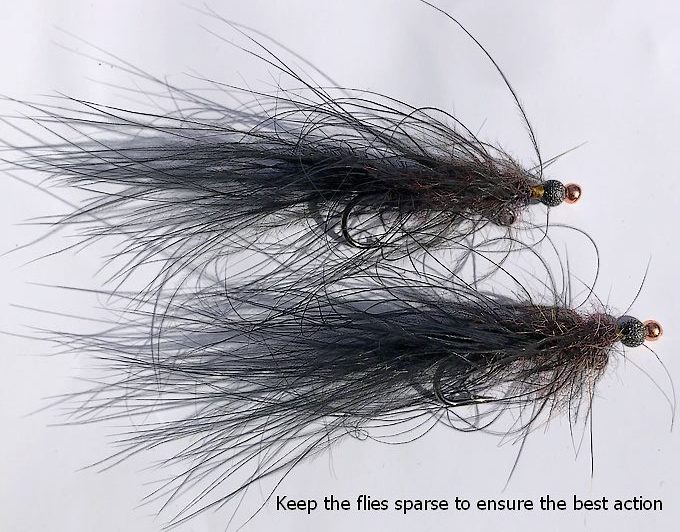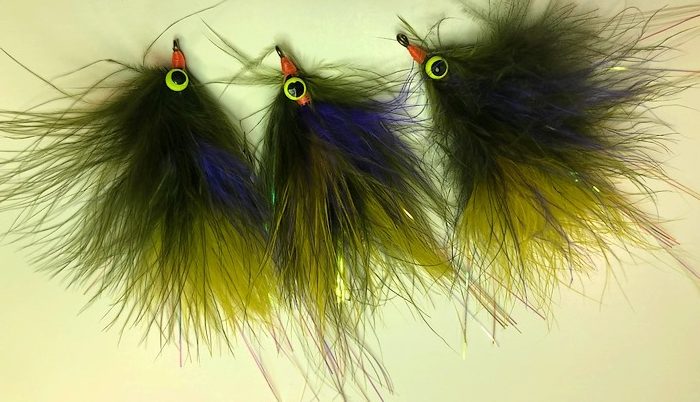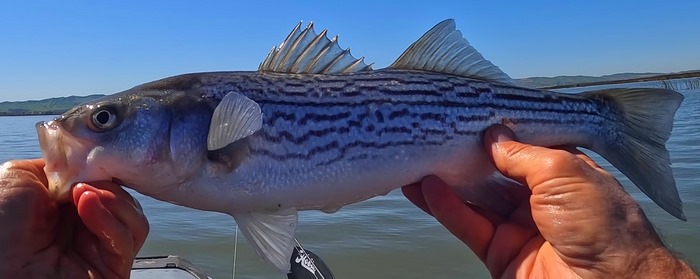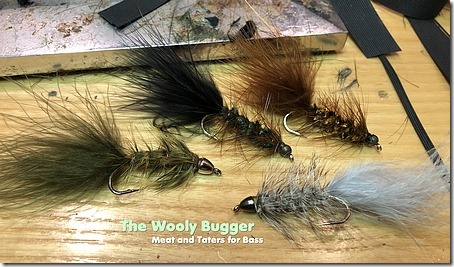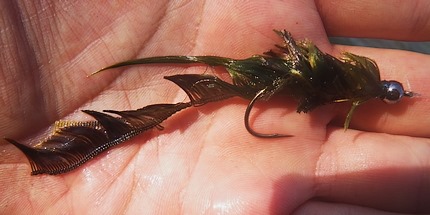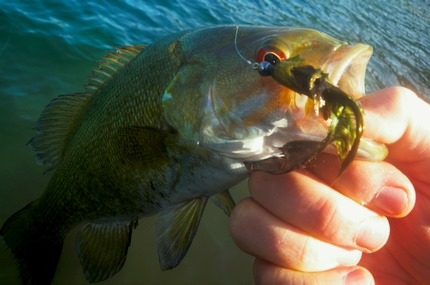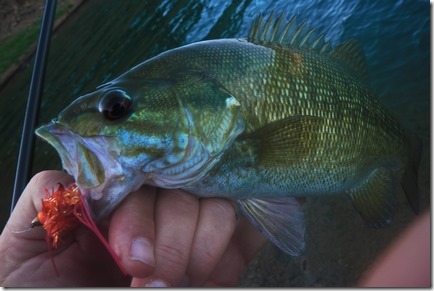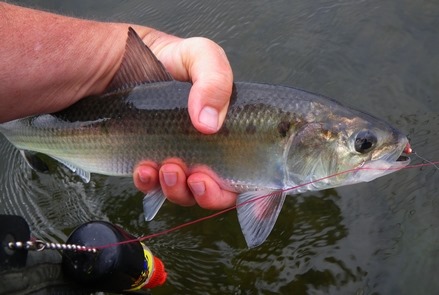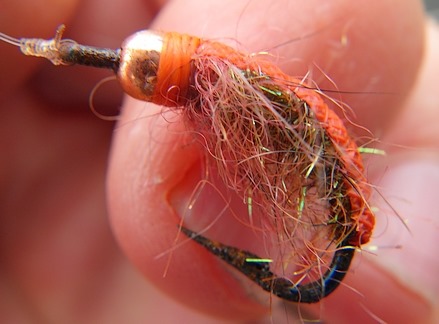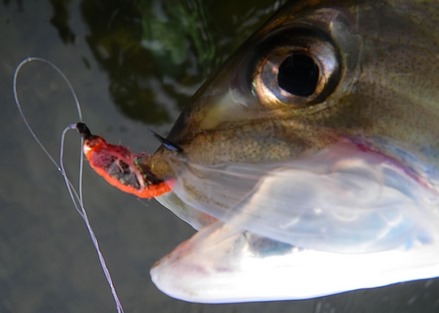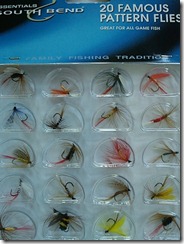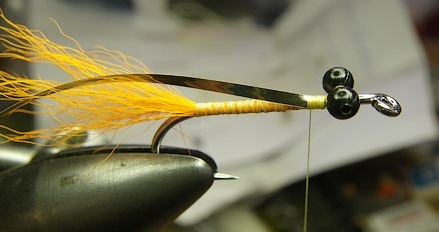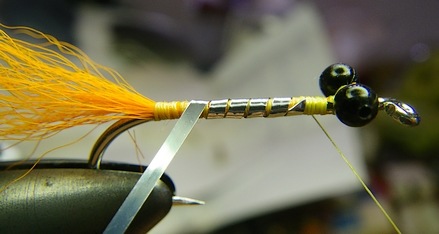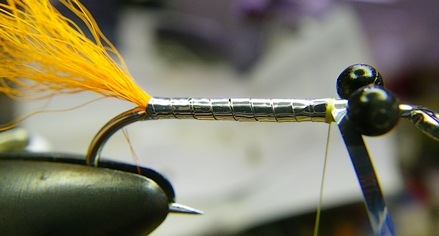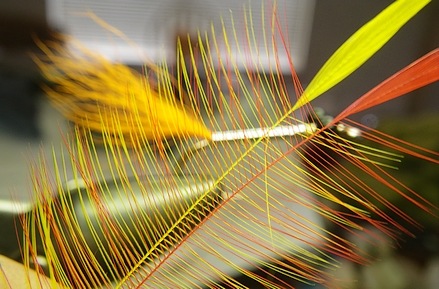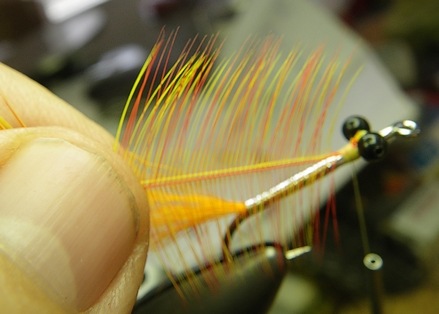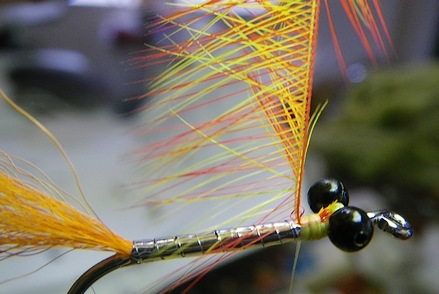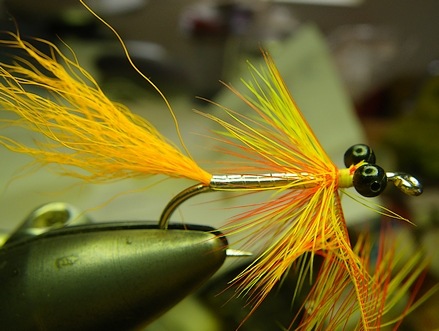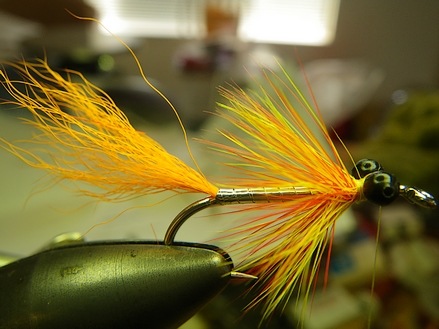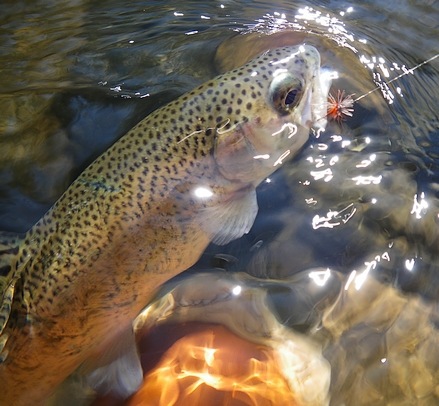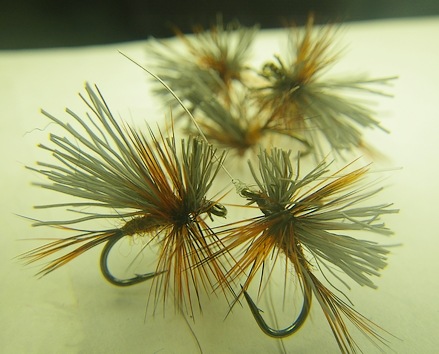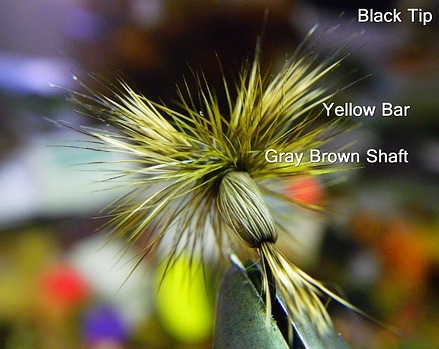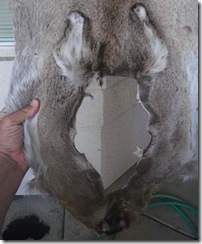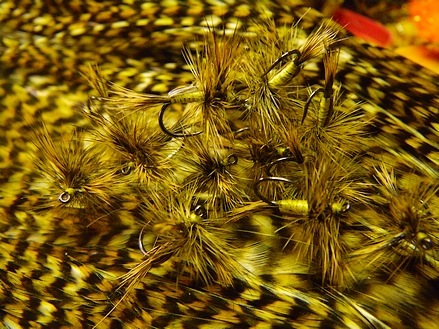Everyone assumed Mister Whipple’s obsession with Charmin made him some sort of closet deviant, but Whipple was merely a fly tier, pursuing his craft.
I had a similar moment when I espied something that could be useful, and while examining it allowed my mind to wander as to which patterns, what water, and what gigantic fish I might seduce by owning some.
Unfortunately, reality brought me back to the vegetable aisle at Raley’s and I noticed strange looks from the fellow restocking grapes, and the lady selecting cabbage pulled her kids in close before rushing past me …
I dismissed him immediately as Homo Starbuckus, that offshoot of male humanity that cannot boil water, and tossed the Onions I was groping into my cart and made a beeline for the checkout.
Like Mister Whipple, when mesmerized by a new material or item, it’s likely my mannerisms and facial expressions seem out of place in the Canned Food aisle, especially so if the observer doesn’t fish. A lifted eyebrow or a penetrating stare puts me in the same company as grocery store creeps; people that talk to themselves while delving Rutabagas, and Vegans – who sneer at anyone holding animal flesh.
In this case it was the netting of the bag surrounding the Onions that had triggered my Post Traumatic Fly Tying Moment (PTFTM), not the Onions themselves. My handling of those glassine orbs may have appeared inappropriate, but it was the netting that held my interest, not the orbs themselves.
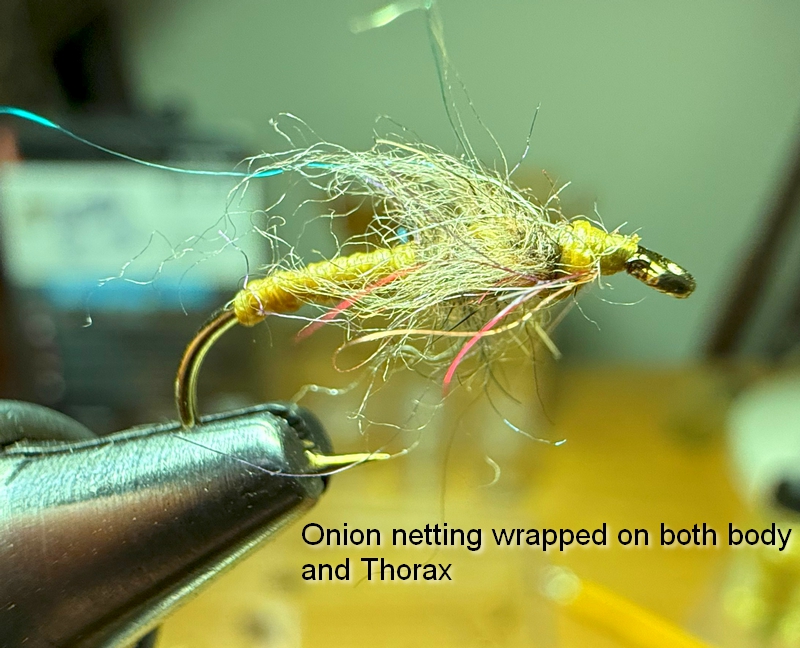
I’ve been fiddling with a fly series that combine soft hackles and Czech nymphs, using fur as the “soft hackle” and the coloration schema of the Czech nymph for the thorax of the flies. These have proven successful on anything I’ve thrown them at – as the fur “hackle” is much softer and more pliable than duck feathers, and the dab of bright color offered by the Czech nymph, makes the fly appealing to both cold and warm water fish.
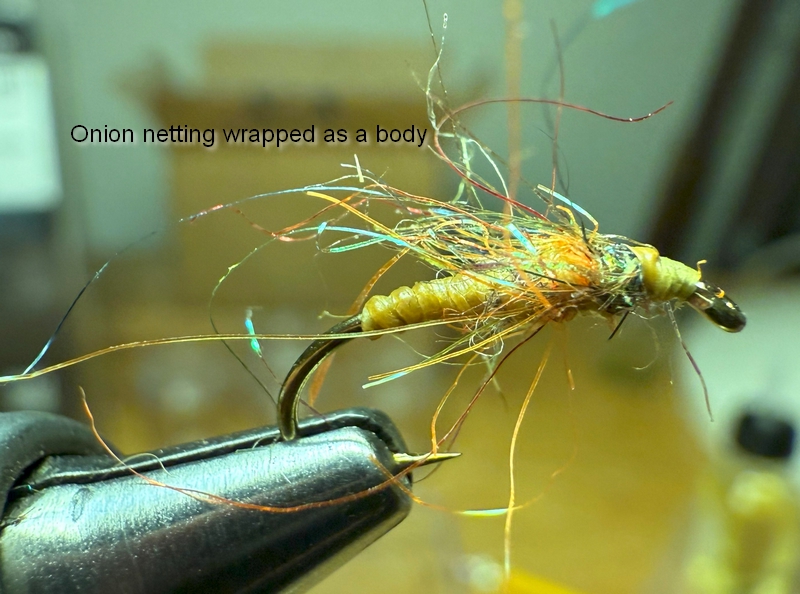
Both of the above flies are using a “spectral” mixture of dubbing, which is why strands of red or blue are visible. These lightly dressed flies are proving to be a great mixture of traditional styles, new colors, and the occasional Grocery store material ..
The Onion netting appears to be a Mylar derivative. It offers a dark yellow suitable for use on Golden Stones, as well as a few Caddis imitations similar to the above. When wrapped as above it gives a “waxy” looking thorax that appears tasty to my eye.
I’m sure Mister Whipple had a Czech nymph in mind when he handled the Charmin Bag .. as it would be a suitable carapace material.

